New futuristic restrooms open in five NYC parks, each at $1M to install
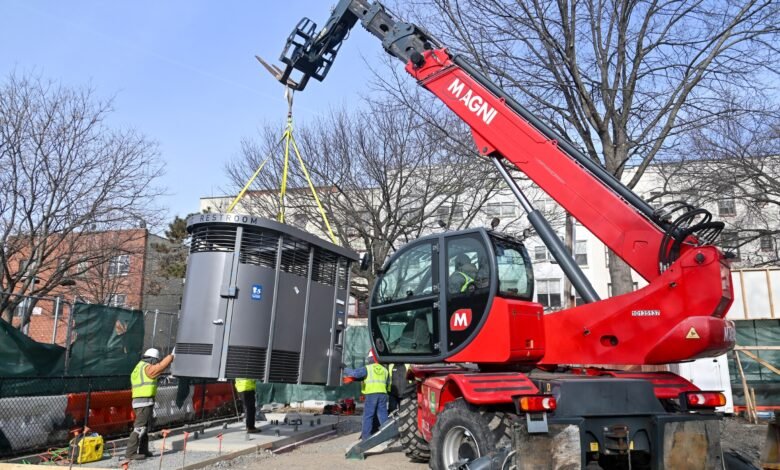
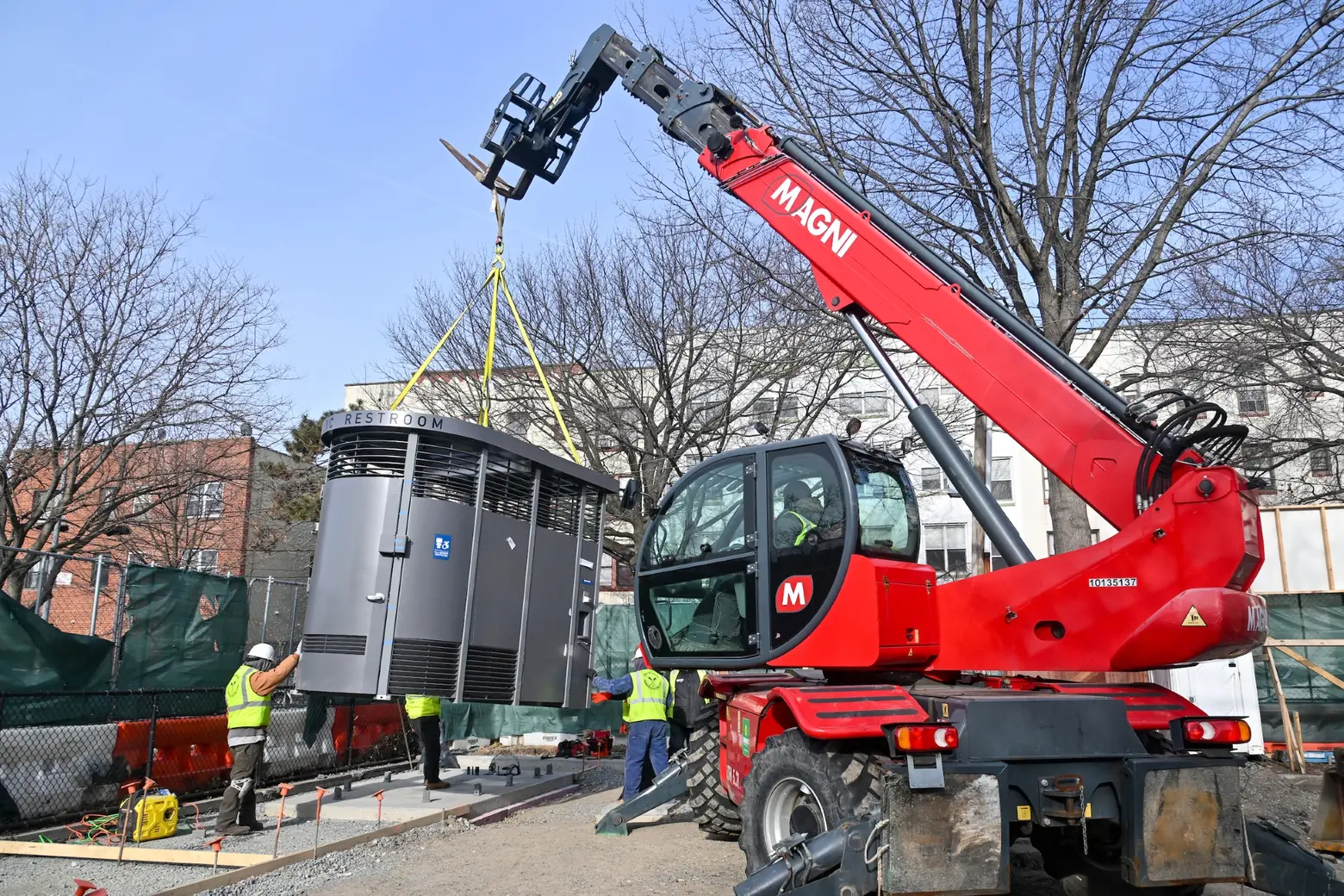
All photos courtesy of NYC Parks
Five new sleek public restrooms have opened in New York City parks—each with a $1 million price tag. Mayor Eric Adams on Tuesday announced the installation of the “Portland Loos“—modern restrooms designed for year-round use and quick assembly, now placed in each of the five boroughs. While the restrooms themselves are relatively inexpensive, installation costs reached nearly $1 million each due to infrastructure upgrades, including extending water and electrical lines, according to amNY. But the prefabricated toilets are still significantly cheaper than traditional restrooms, which can cost between $3 and $5 million.
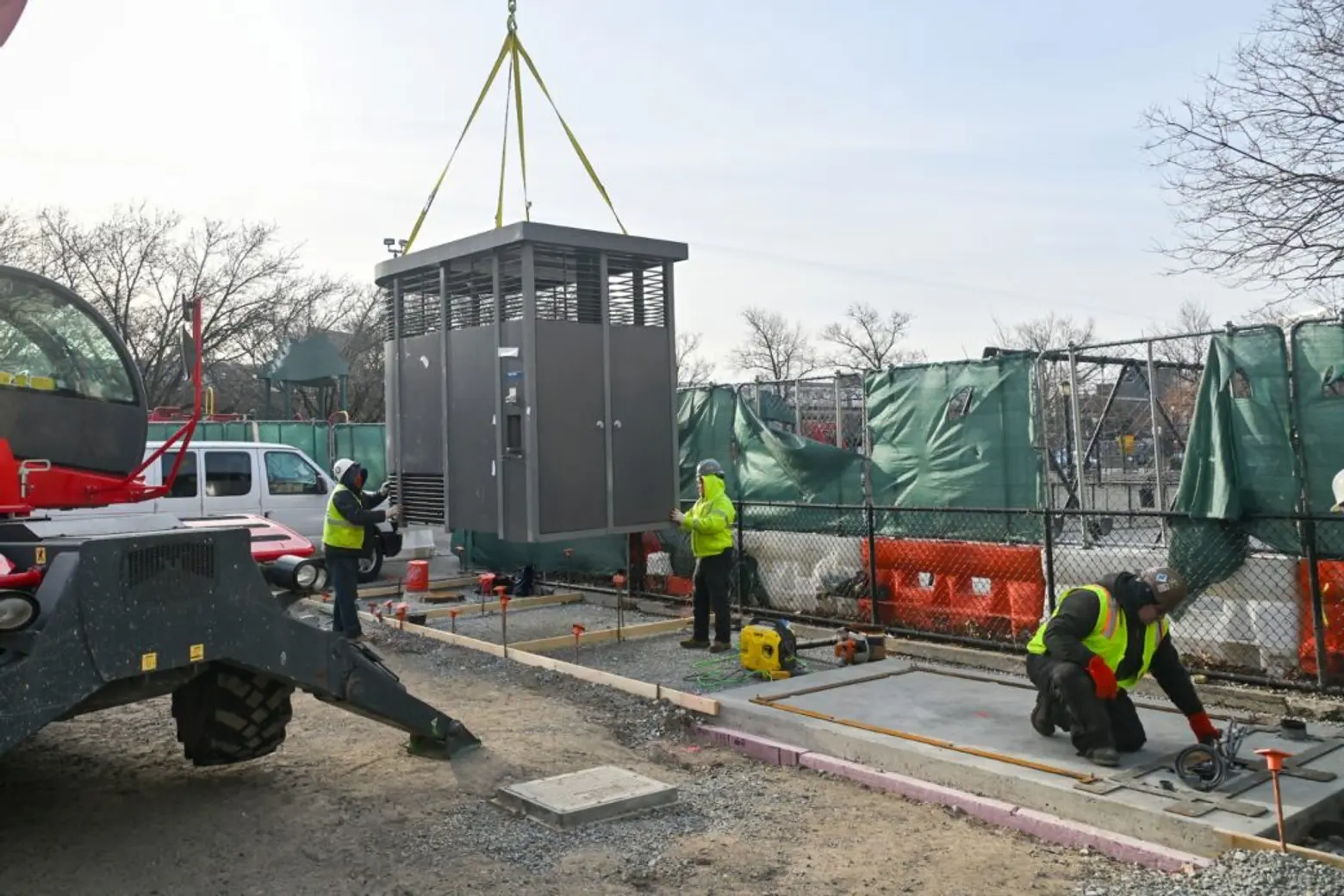
The new restrooms are located in Irving Square Park in Brooklyn, Joyce Kilmer Park in the Bronx, Thomas Jefferson Park in Manhattan, Hoyt Playground in Queens, and Father Macris Park in Staten Island.
According to a press release, traditional public restrooms typically cost at least $3.5 million to build. The Portland Loos—manufactured in Portland, Oregon, by Madden Fabrication—are sold to the city for about $185,000 each. The remaining $815,000 covers infrastructure work, including extending water and electrical lines and minor site improvements like foundations and landscaping, as reported by amNY.
The restrooms installed across the city are the “deluxe” version of the model, built with higher-grade stainless steel. Still, Evan Madden, CEO of the fabrication company, told amNY, they “are not million-dollar toilets.”
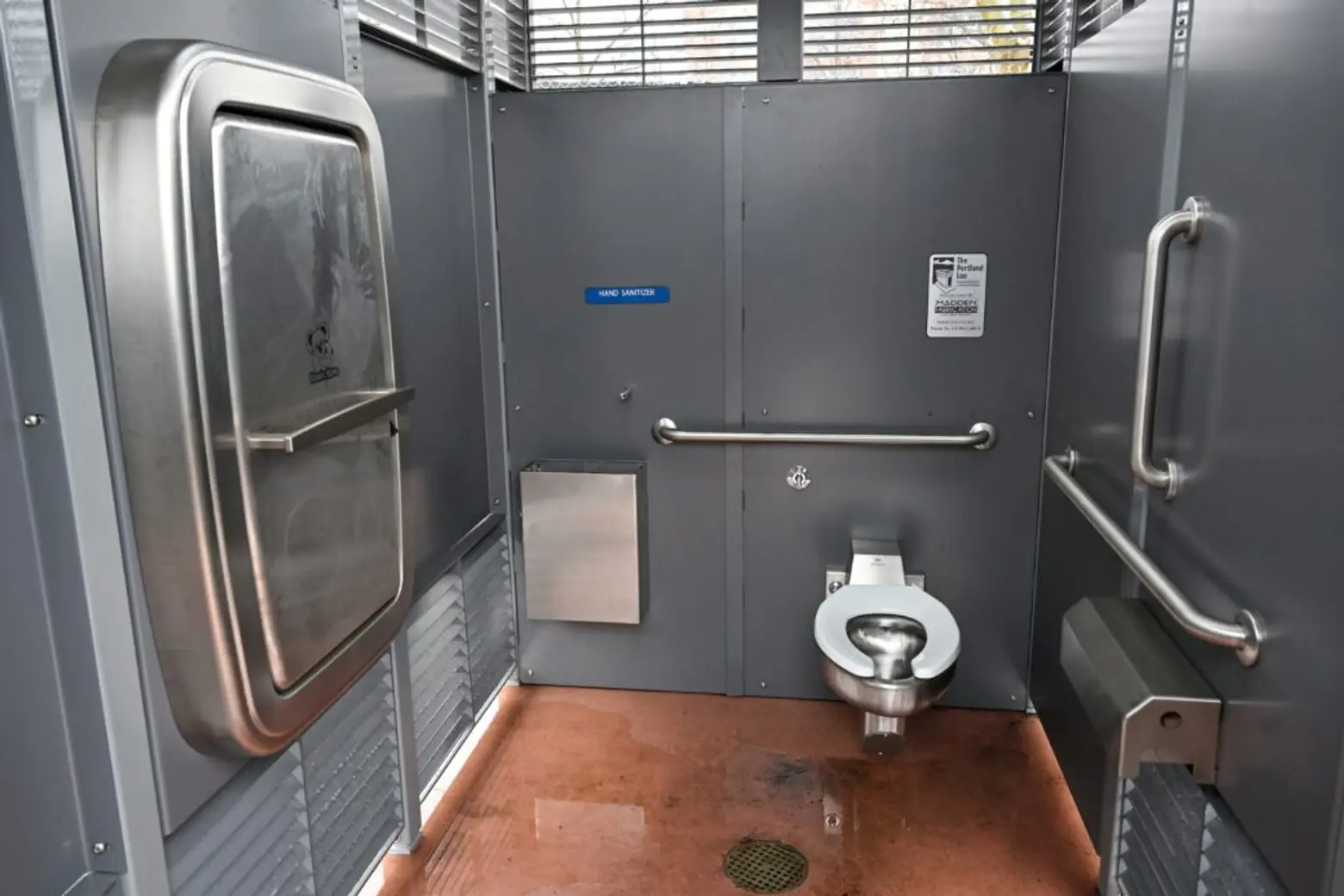
Madden told amNY that working with New York City was particularly strenuous due to more regulatory hurdles and extensive review processes compared to smaller municipalities. This complex process contributed to higher costs and delays.
One particular issue required Madden to use a fabricator approved by the NYC Department of Buildings (DOB), or have the restrooms inspected by a registered special inspector. However, since none of the pre-approved manufacturers were willing to take on the project, Madden had to get a fabricator certified by the DOB himself.
First developed in 2008, the Loo was designed to balance user privacy and safety with easy maintenance. The compact, durable structure has since been installed in more than 250 locations nationwide, including cities like Boston, Los Angeles, Miami, and Seattle.
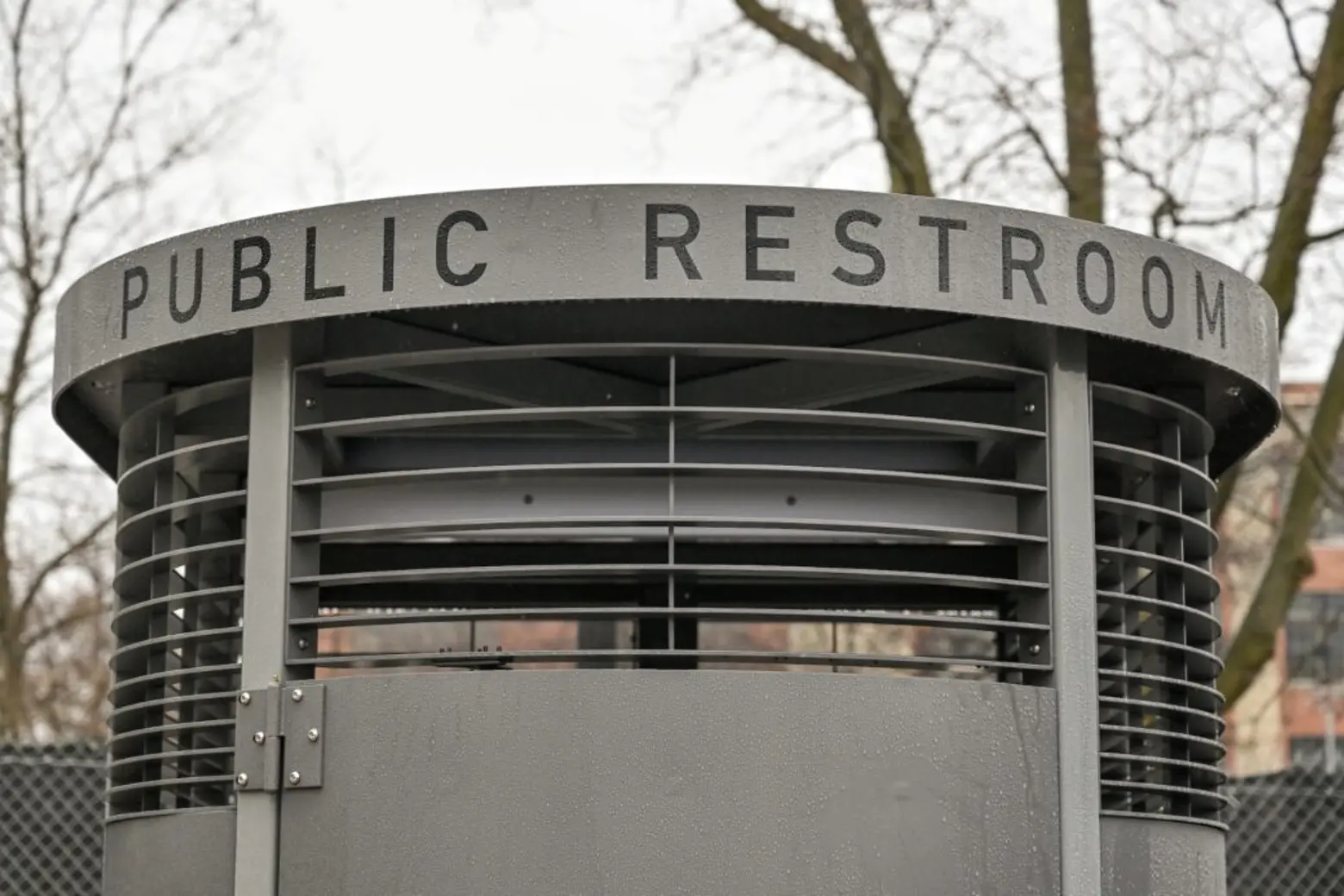
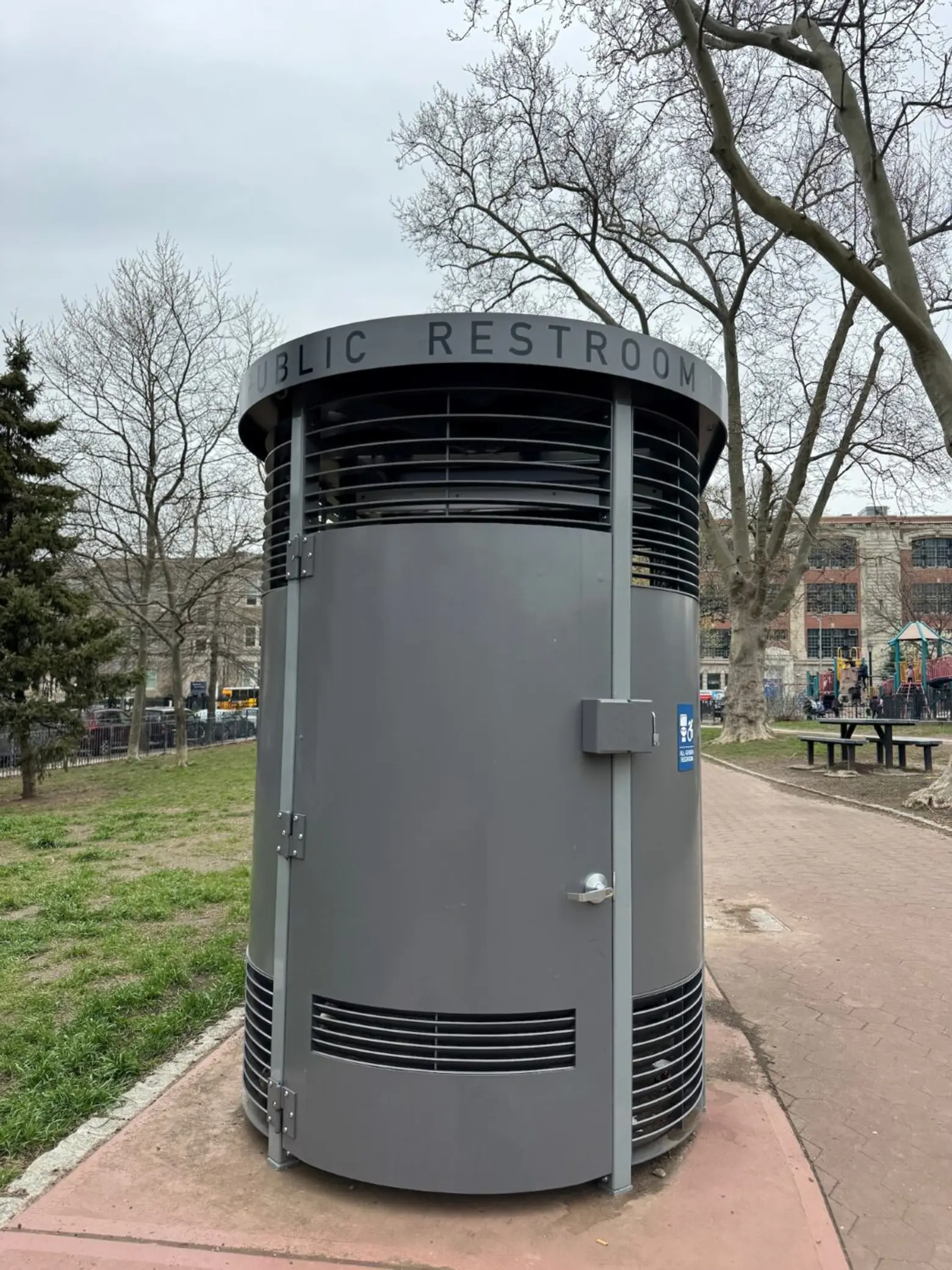
Loos can be built up to a year faster than traditional public restrooms and arrive prefabricated, requiring only on-site assembly. This approach improves construction quality, minimizes disruption to the public, and reduces weather-related delays. They also feature baby-changing stations and can be connected to full utilities for year-round use.
Adams celebrated the new restrooms and emphasized their potential to enhance the park-going experience.
“Let’s be honest, when nature calls, New Yorkers shouldn’t have to cut their fun short. Today, we are relieving one of the biggest obstacles to enjoying our parks and public spaces,” he said.
“We’re proud to be rolling out our new, sleek bathrooms across all five boroughs, which will ensure New Yorkers across our city can soak up more of the sun this summer with friends and loved ones without having to worry about where to go when they have to go.”
The new restrooms are part of the mayor’s “Ur In Luck” initiative, launched in June 2024 to expand public restroom access across the five boroughs. The plan includes building 46 new public restrooms and renovating 36 existing ones over the next five years. Additionally, the city created a new layer on Google Maps to help New Yorkers locate public restrooms, as 6sqft previously reported.
Complementing Adams’ efforts, the City Council in April voted to approve a bill expanding public restroom access by doubling the current number of facilities from roughly 1,100 to 2,120 over the next decade.
The initiative aims to address New York City’s longstanding public bathroom shortage. With just one public restroom for every 7,800 residents, the city ranks among the lowest in the nation for restroom access. Proponents of the legislation hope to increase that rate to one for every 2,000 residents.
RELATED:





